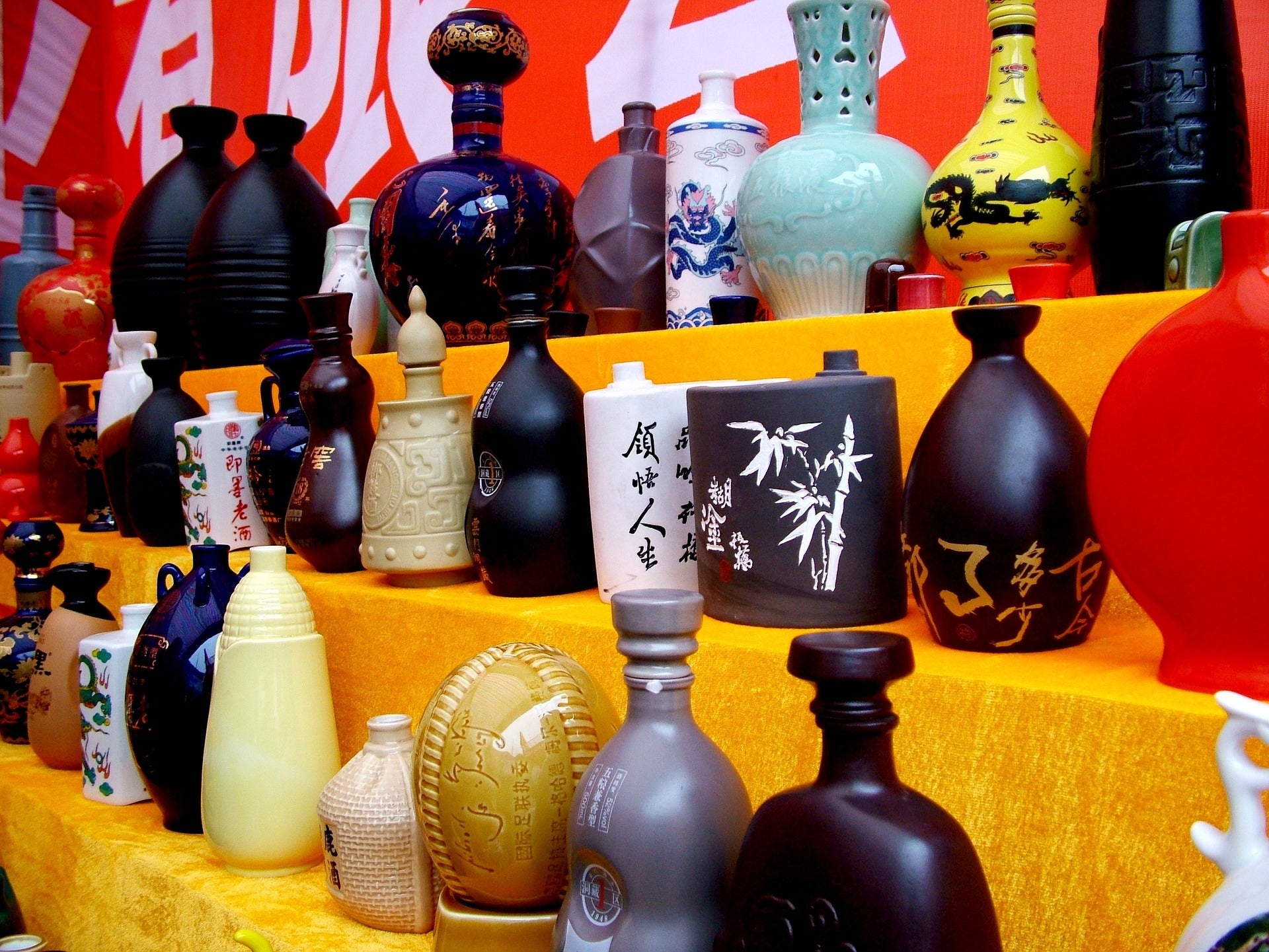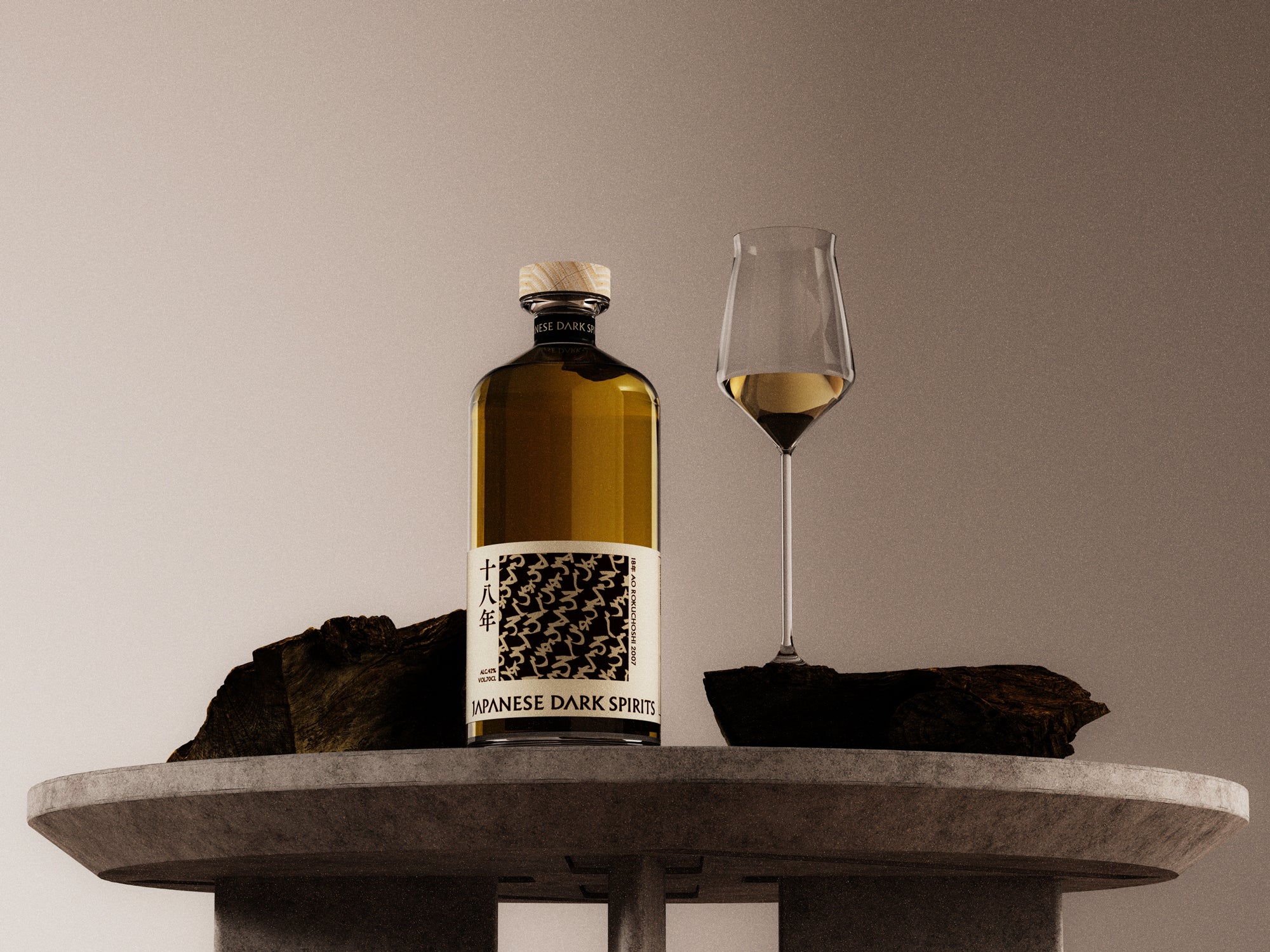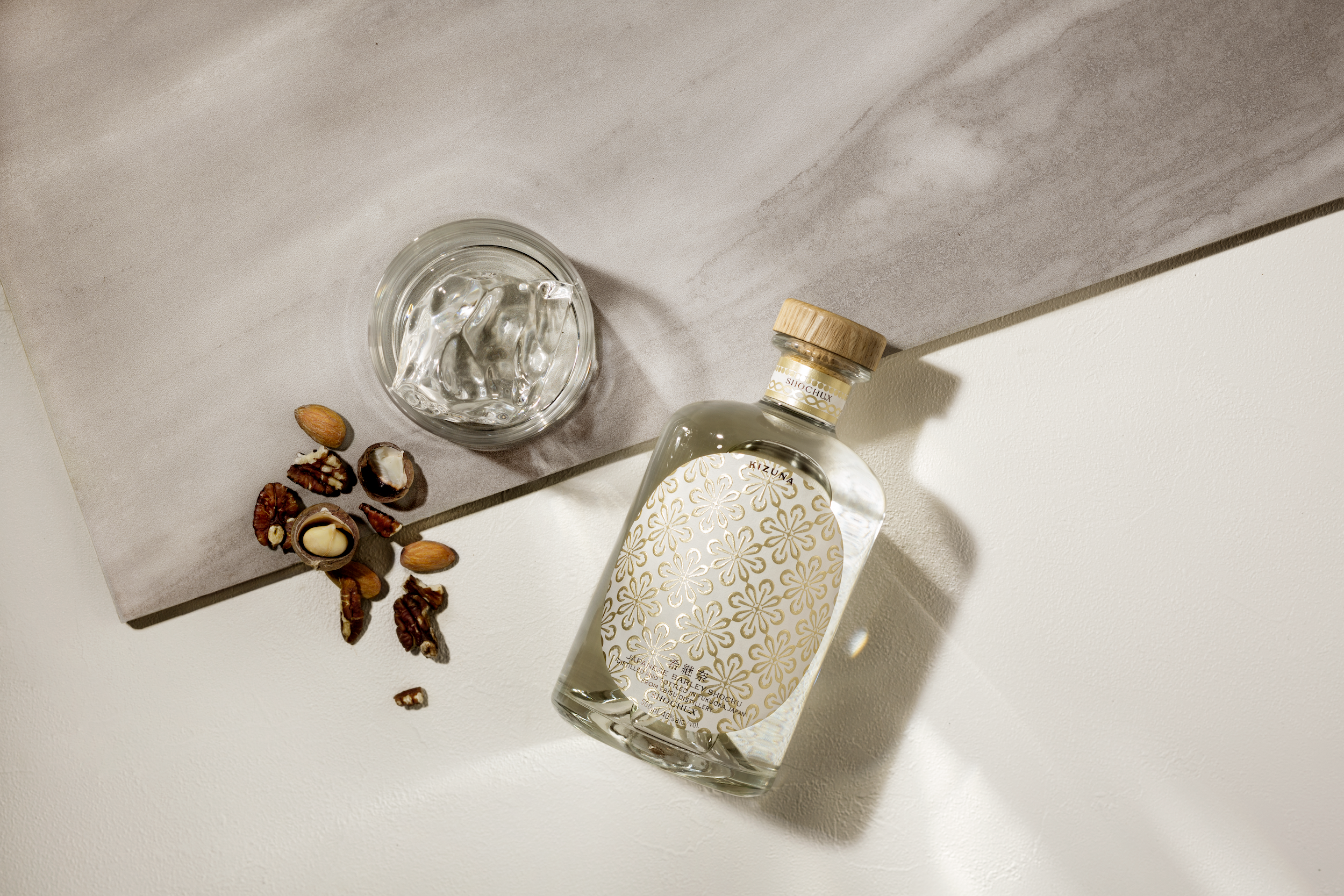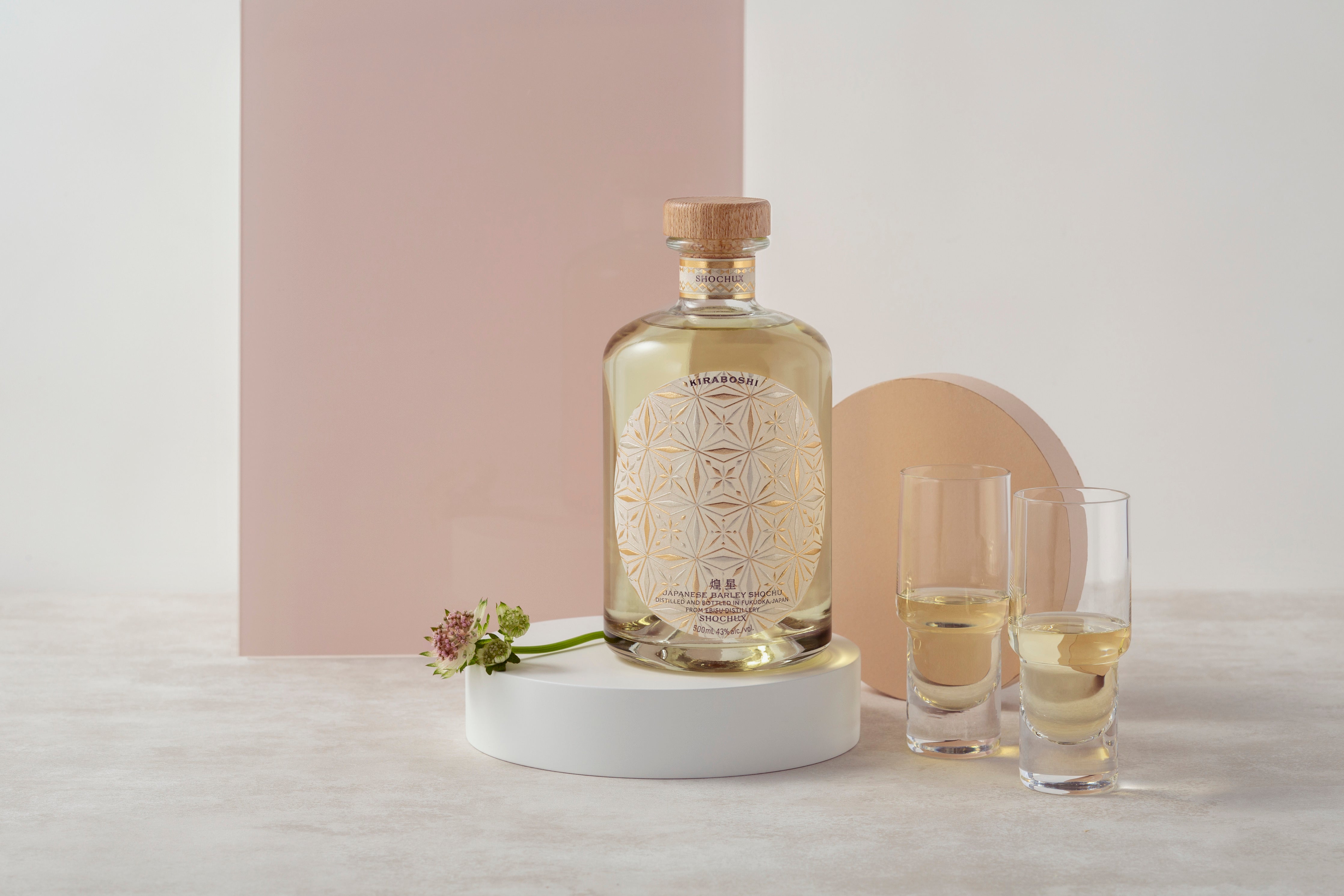
Traditional Chinese distilled spirits “baijiu” and shochu
Have you ever heard of an alcoholic beverage called ``White Sake Paichu''? "Baijiu" is a traditional Chinese distilled liquor, and is popular as a traditional Japanese shochu. The word ``shochu'' is said to be used in China as well, but it is generally used to mean ``distilled spirits'' such as baijiu and whisky. This time, we will introduce the manufacturing method and characteristics of China's traditional distilled spirit, ``baijiu'', as well as its differences and similarities with the Japanese distilled spirit, ``shochu''.
Types and classification of baijiu
Japanese shochu mainly differs in 1) raw materials (potato, rice, barley, etc.), 2) koji (white koji, black koji, yellow koji), and 3) distillation methods (single distillation, continuous distillation, normal pressure distillation, vacuum distillation). The aroma and taste vary depending on the type.
On the other hand, Chinese baijiu is classified by (1) raw materials, (2) koji, and (3) aroma type. There are three main types of sake: taikyokushu, shokyokushu, and fusuma kyokushu. The word ``kyoku'' means ``koji,'' and baijiu is made using koji called Ōmagari, 小magari, and fusuma kyoku, and there are various varieties depending on the type of song, raw materials, and fermentation method. This creates the characteristics of the fragrance (incense shape).

Classification of baijiu by raw materials and manufacturing method
Reference: Shiro Hanai 1992 “Sake Born in Loess: Chinese Sake, Its Technology and History” Touhou Sensho
The table was created based on the contents of the literature.
①Classification by raw materials
The main ingredients for Japanese shochu are potatoes, rice, and barley, but Chinese baijiu, especially Omagarijiu, uses a grain called kouliang (sorghum) as the main ingredient, and Omagarijiu is also known as ``Gaoliangjiu.'' (Koryanshu, Koryoshu) is also called. Takamao may not be very familiar as it is rarely cultivated in Japan, but it is actually the fifth most produced grain in the world after wheat, rice, corn, and barley. In addition, grains such as rice, barley, corn, and soba are used as raw materials for Omagari-shu and Shomagari-shu.
Sweet potatoes are also used as a raw material other than grains. Sweet potato is used in the production of baijiu for mass production because it has a higher starch profit margin and can make more alcohol than grains such as gaokao.
②Classification by koji
Do you know the phrases ``ichikoji, moto, and santsukuri'' ( ichikoji, moto, and santsukuri ) when it comes to Japanese sake brewing ? This means ``First is the koji, second is the moromi, and third is the preparation,'' which states that koji is the basis of sake brewing and is the most important element related to the quality of sake. I am. There is also a proverb in Chinese sake brewing that goes, ``The song is the bone, the raw material is the flesh, and the water is the blood,'' which shows that the song (malt) is the most important thing in sake brewing.
There are three types of Chinese songs (koji): large songs (taikyoku), small songs (shokyoku), and fusuma songs.
Omagari is koji made by mixing barley, wheat, peas, etc. and solidifying it into a mochi-like or lump-like form, and it contains more than a dozen types of molds, yeast, and bacteria such as Kumonosukabi, Mucor, Aspergillus Aspergillus, and Beni-koji. Therefore, each microorganism produces ester components that are the source of aroma, creating Omagari sake with a complex and rich flavor.
Small songs are made by adding medicinal herbs to the main ingredients, and are said to have a more elegant and gentle scent than large songs.
Fusuma music is a type of koji that is made by mixing bran (a by-product of wheat production), distillers' lees, and rice husks, steaming and sterilizing the mixture, and then spraying black koji mold on the mixture. While it takes one to two months to make Omagari and Shomagari, bran koji can be made in two to three days. As a result, it is possible to shorten the process and reduce costs, and it is often used to produce cheap baijiu for the masses and mass-produced.
③Classification by incense type
As mentioned in the classification by koji, Chinese qu (malt) contains multiple microorganisms, and the variety of ester aromas produced means that baijiu has a richer aroma compared to other distilled spirits. It's a feature. These incense molds are broadly divided into five types, and are used as indicators to roughly understand what kind of aroma the baijiu has.
(Ⅰ) Rich type (Nokogata): It has a unique rich flavor and is called the orthodox type of white sake. This sake contains a large amount of ethyl caproate among the aromatic esters produced by fermenting bacteria, and has a rich aroma that is a combination of apple, banana, and pineapple, similar to the ginjo aroma of Japanese sake.
(II) Shokogata: A type of baijiu with the aroma of soy sauce, the main ingredient of which has not yet been determined. A typical soybean-type baijiu is "Maotaishu" from Guizhou province, and after this, the soybean-type baijiu is often also called "maogata" or "maoshangata". Called.
(III) Seikogata: Baijiu produced in the northern region of China. It contains a lot of ethyl acetate as a fragrance ingredient, and has a pear-like scent.
(IV) Beikogata: Baijiu produced in the southern region of China. The main aroma components are ethyl lactate and phenylethyl alcohol. Ethyl lactate has the scent of green grass, and phenylethyl alcohol has the lustrous scent of roses. It is characterized by its gorgeous aroma and refreshing taste.
(V) Kenkogata: A baijiu that contains two or more of the traditional four-scent flavors, made by fermenting sorghum with a small twist. Because it is a mixture of Omagari sake and Komagari sake, it has a well-balanced flavor and flavor. Typical baijiu include Toshu and Seifeng.
Reference: Kihachiro Ogawa, Katsumi Nakajima “The path of authentic shochu: History and culture of Asian distilled spirits” Kinyosha
What is your impression of actual baijiu?
As mentioned above, baijiu is classified based on 1) raw materials, 2) koji, and 3) aroma type, but is it actually possible to distinguish the characteristics of baijiu?
So this time, I opened a bottle of baijiu that I bought in China a few years ago and tried it! !


When I actually drank it, I could feel the refreshing and fruity aroma of green apples, the sweetness of rice like sake, and a slight butyric acid flavor like yogurt or cheese. It may be similar to the feeling of drinking wine, where you can enjoy different tastes from the time you smell it, to your mouth, and then down your throat. In this way, baijiu was a distilled liquor with a complex aroma created by a wide variety of microorganisms.
Comparing Chinese baijiu and Japanese authentic shochu
I have explained baijiu in detail so far, but even though it is from the same Asian region and is the same distilled spirit, there are some differences between it and Japanese shochu. Lastly, I would like to briefly summarize the characteristics of each ingredient, such as their ingredients and scent.
"material"
White sake: Sorghum, barley, peas, rice, sweet potato, medicinal herbs, corn, etc.
Honkaku Shochu: Approximately 50 types of food such as sweet potatoes, rice, barley, brown sugar, and soba noodles
"Microorganisms used"
White sake: molds such as spider mold and koji mold, yeast, and bacteria
Honkaku Shochu: Koji mold such as black koji, white koji, and yellow koji, yeast
"fermentation"
White sake: solid fermentation, semi-solid fermentation, liquid fermentation
Honkaku Shochu: Mainly liquid fermentation
"Alcohol degree"
White sake: 38 degrees to 65 degrees (some over 65 degrees are also available)
Authentic shochu...20 degrees, 25 degrees to 44 degrees
"Fragrance characteristics"
White sake: Dozens of aromatic components are mixed together in a complex manner to create a rich and fragrant product.
Honkaku Shochu...You can really feel the flavor of the ingredients (potato, rice, barley, etc.)
As mentioned above, in terms of manufacturing technology, there are differences in raw materials and fermentation. Also, if you actually compare drinks, you may be able to easily understand the differences in alcohol content and aroma.
What they also have in common is that ``koji'' and ``yeast'' are very important in both baijiu and honkaku shochu. The story of the delicate and miraculous fragrance woven by the macroscopic creatures of the Asian land is perhaps one of the charms that whiskey and tequila, both distilled spirits, do not have. When you come across a wonderfully flavored baijiu or shochu, please enjoy it while feeling the great power of small koji and yeast.


